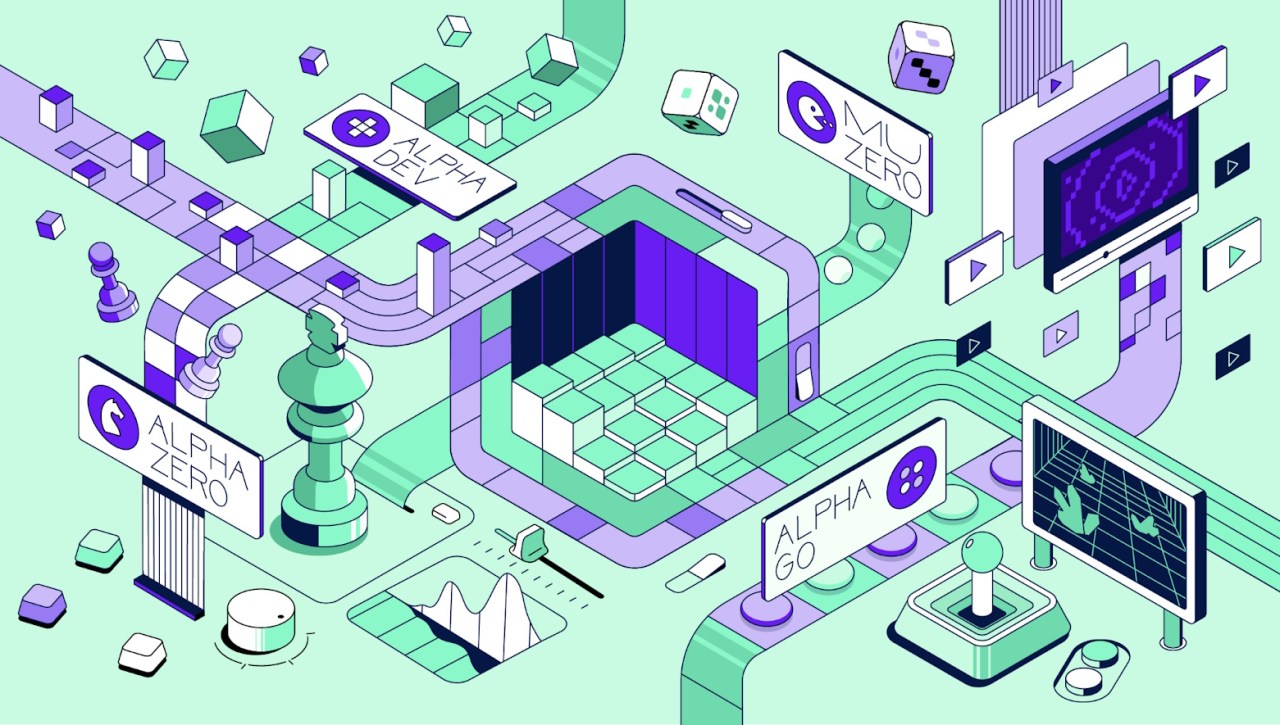As we navigate through an increasingly digital and automated world, robotics is poised to transform our environments, from industrial settings to our very homes. At the forefront of this revolution is Google DeepMind, which recently unveiled its Open X-Embodiment—a groundbreaking initiative to create a comprehensive database of robotics functionalities. With a vision reminiscent of ImageNet’s transformative effect on computer vision, DeepMind’s project aims to propel robotics research into uncharted territories of capability and efficiency. Let us explore the implications of this development in our quest for general-purpose robots.
Open X-Embodiment: A Game-Changer
DeepMind is collaborating with 33 research institutions to compile a robust repository of robotic demonstrations, which already boasts over 500 skills and 150,000 tasks from 22 distinct robot forms. This initiative is expected to pave the way for training a multi-functional model capable of various tasks, enhancing not only performance but also enabling robots to follow complex instructions and perform reasoning.
Researchers Quan Vuong and Pannag Sanketi highlighted how this dataset is a stepping stone toward creating a versatile robotic intelligence. By training their RT-1-X model on this collected data, DeepMind has already reported a significant 50% success rate compared to traditional in-house methods. The moment signals not just progress, but excitement about the potential of general-purpose automation.
From Bespoke Solutions to General Robotics
As Vincent Vanhoucke steps into his new role as head of robotics at DeepMind, the conversation around general-purpose robots gains momentum. He notes that while bespoke systems have historically dominated the field, the rise of AI, particularly in perception and reasoning, is leading us toward a new paradigm—where robots can perform a broader array of tasks with diminishing specificity. This shift speaks to a common industry goal: creating robots that are not just specialized machines but adaptable entities capable of managing real-world complexities.
Generative AI: The New Frontier
Generative AI is playing an increasingly critical role in this transition. Rather than merely repeating the commands given to them, future robots could harness large language models to interpret context and reason through common scenarios. Vanhoucke explains that these models can be essential for establishing a robot’s understanding of its surroundings and expected actions—like knowing that a coffee cup is usually found on a table, not the other way around. This form of common-sense reasoning is what could dramatically enhance human-robot interactions and real-world manipulations.
Bridging Simulation and Reality
The path toward general-purpose robotics will not only depend on better algorithms but also on effective simulation. Vanhoucke highlights the importance of narrowing the simulation-to-reality gap. While simulations have traditionally been used for training robots, we are now at a juncture where generative models can create realistic scenarios and predictions, enabling robots to ‘dream’ about future actions. By simulating potential outcomes, robots can plan their actions more efficiently without needing to experiment in real-time.
Collaboration and Cross-Pollination
The move of DeepMind’s robotics team into the same spaces as other prominent teams within Alphabet X, such as Intrinsic, represents a strategic decision to foster collaboration. With access to better resources—like reliable Wi-Fi and inspiring environments—these organizations can exchange ideas and methodologies effectively. By merging disparate strengths, these teams are paving the way for innovations that blend generative AI, simulation, and traditional robotics research into cohesive advancements that could benefit various applications.
Looking Ahead: The Road to General-Purpose Robotics
As robotic technology progresses, the concept of a “general-purpose robot” may evolve from mere speculation to reality. Vanhoucke expresses optimism, indicating that while bespoke solutions thrive at present, the intelligence being integrated into robotic systems hints at a future where versatility is key. Whether in homes or workplaces, the ultimate goal is to develop robots that can adapt to unique challenges, combining intelligence with physical abilities.
Conclusion: Embracing the Future of Robotics
In summary, Google DeepMind’s exploratory journey into general-purpose robotics is significant, positioning itself strategically with the help of collaborations and leveraging revolutionary advancements in AI. As the lines blur between bespoke applications and general solutions, the future appears bright and bustling with possibilities. The potential for AI and robotics to coalesce into seamless, intelligent systems is tantalizingly close, promising to reshape our lives in ways we have yet to fully comprehend.
At fxis.ai, we believe that such advancements are crucial for the future of AI, as they enable more comprehensive and effective solutions. Our team is continually exploring new methodologies to push the envelope in artificial intelligence, ensuring that our clients benefit from the latest technological innovations.
For more insights, updates, or to collaborate on AI development projects, stay connected with fxis.ai.

